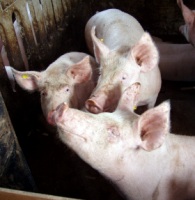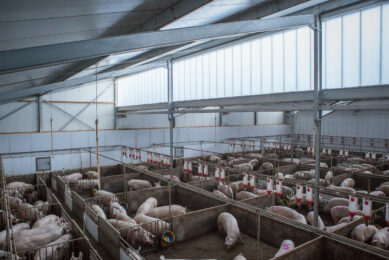Hog operations are larger and more specialised

Structural change in US hog production in the last 20 years has had profound effects on industry performance and on strategies for dealing with change, according to a report by the USDA’s Economic Research Service (ERS).
By making major adjustments to the size, organisational structure, and technological base of their operations, hog producers have succeeded in increasing productivity and reducing costs. Such adjustments have ultimately resulted in lower pork prices for food processors and consumers.
On the downside, however, concentrated hog production has imposed environmental risks on nearby communities and concerns about food safety and animal welfare issues have come to the fore.
Consolidation means that fewer and larger operations account for an increasing share of total output. The figures show a 50% drop in the number of hog operations in the last two decades, while average production from these operations grew between 1992 and 2004 fivefold to 4,646 head.
Specialisation
Traditional farrow-to-finish hog production has been replaced by single production operations. Specialised hog finishing operations accounted for 40% of hog operations in 2004, an increase of 19% from 1992.
7% of operations in 2004 were operations specialising in farrowing and raising weanlings
Much of the growth in production from specialised hog operations came from contracting. Production from hog operations using contracts (between growers and hog owners) grew from 5% of the total in 1992 to 67% in 2004.
Considerable productivity gains have accompanied this structural change. Current trends of specialisation are set to continue to shape the future of hog production in the US.
Related website:
• USDA ERS











